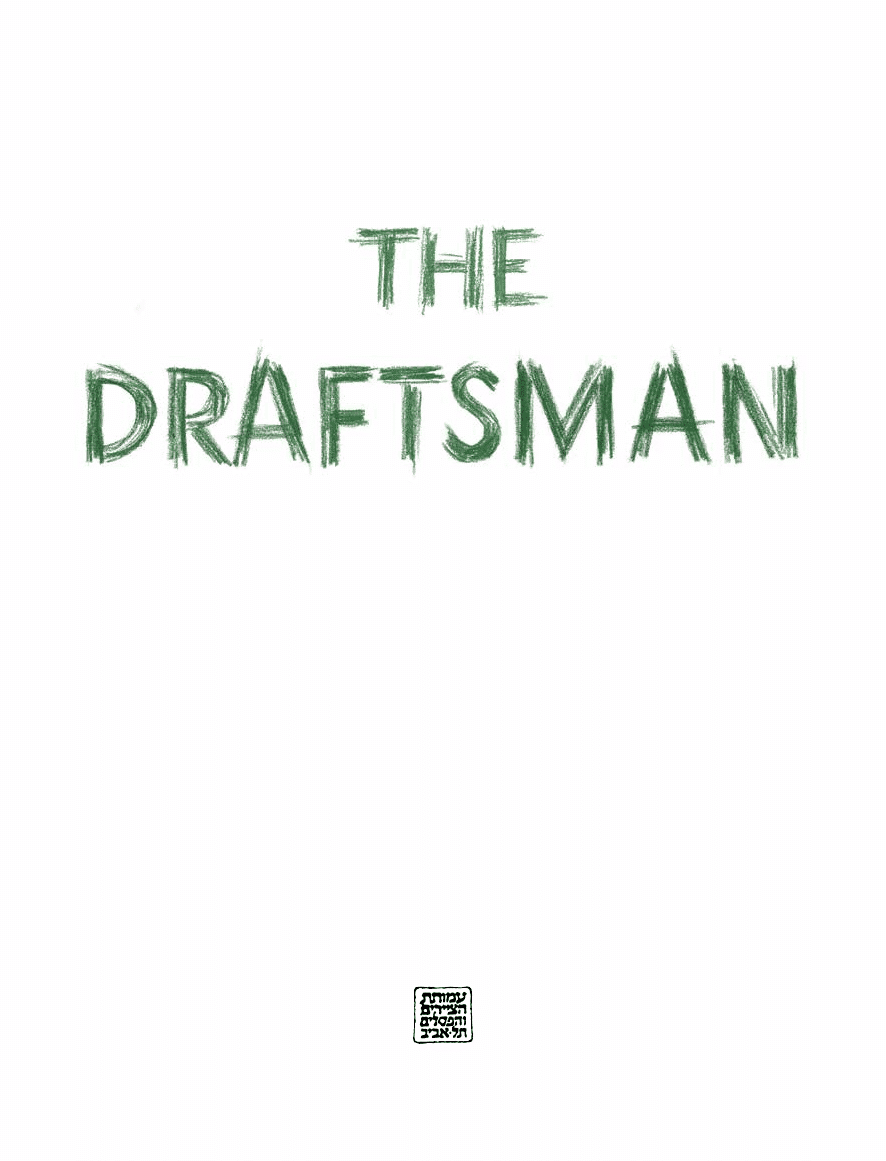Monochrome: The Draftsman
Arie Berkowitz, curator of the exhibition, in conversation with Miriam Gamburd
Miriam Gamburd, a leading artist who engages in drawing, invited selected students to exhibit their works alongside her own and those of her father, Moisey Gamburd (1903–1954), who was a master draftsman.
Arie Berkowitz: What do the project participants have in common?
Miriam Gamburd: My former students are now my colleagues. What we have in common is our approach to drawing — not only the initial or intermediate phase, but also drawing as the “finished product” of the artistic process. Something else we have in common, no less important, is our love for drawing that unites us.
A.B.: The exhibition also includes drawings by your father, Moisey Gamburd. Is there a connection between him and your students?
M.G.: Absolutely. I take fundamental elements from his drawing, on which I build my teaching doctrine. This is how a local, indigenous tradition is formed. Some of my father’s most important drawings (now in the collection of the State Tretyakov Gallery in Moscow), were created while he was in Palestine in the 1930s. Apart from considerable knowledge, they have distinct sublime qualities. Emotion and talent cannot be taught. They can only be developed and fine-tuned. Culture and tradition, on the other hand, can certainly be imparted.
A.B.: The origin of the term “tradition” in Hebrew is in religion… Contemporary art strives for constant renewal, and Israeli art regards itself as an integral part of the process. It values avant-garde much more than tradition, for avant-garde rejects
tradition.
M.G.: There’s an assertion made by Jacques Derrida, which I like. Instead of a conflict between tradition and the avant-garde, he proposes coexistence. This is a wonderful idea, but the avant-garde has won the battle, and one should not expect the winning revolutionary ideology to show mercy towards the loser. Revolutionary movements evoke affection up to the point where they seize power, and then, they soon become tyrannical. Concepts such as “retro avant-garde” and “pseudo avantgarde” have emerged in critical discourse. In his new book on drawing, Romance with a Pencil, my friend, artist Sasha Okun, writes: “Drawing is an opposition, a romantic anachronism of sorts… It is a cultural symbol, a chain dating back thousands of years that must not to be broken.”
A.B.: Tradition demands discipline. How is this congruent with creative freedom?
M.G.: Great art never demanded freedom of expression, because it presumably took it by itself. The sacred freedom of expression, liberty… Many generations have fought for the liberation of art from various ideologies, only to lead it eventually into the trap of auctions and big money. Regarding discipline, Igor Stravinsky, one of the most influential and innovative composers of the 20th century, said that following given sheet music does not limit the musician; quite the opposite, it is a precondition for a virtuoso performance.
For me, tradition is a constant dialogue with the great masters. I like to consult with Félicien Rops, Honoré Daumier, and Aubrey Beardsley; they often answer my questions. The constant living discourse with great colleagues from the past is similar, in my mind, to the dialogue of the Jewish Amoraic sages of the Talmud with the Tana’im — Jewish sages of the Mishnaic period, who preceded them. Drawing as a genre is an extra-temporal phenomenon. In other words, there is no early and late in drawing. The animal depictions by prehistoric man in the Cave of Altamira in Spain are not inferior to Picasso’s bull drawings.
A.B.: Do you think drawing does not acknowledge progress?
M.G.: The clearly positive connotation associated with the concept of “progress” has lost ground. I would say that drawing is not controlled by progress. It won’t find its place in state-of-the-art digital technologies. After all, without the artist’s touch, it cannot exist. My students probably have a different view.
